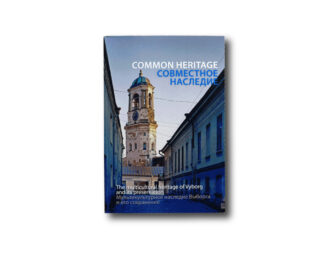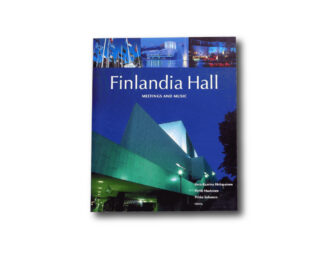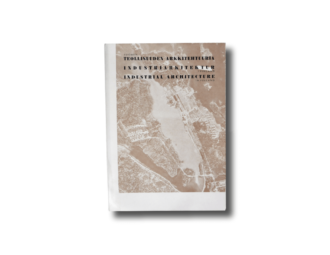Ambiguous Territory: Architecture, Landscape, and the Postnatural (eds. Cathryn Dwyre, Chris Perry, David Salomon & Cathy Velikov; Actar, 2022) is an essay collection that debates what constitutes meaningful and principled perspectives in architecture, landscape architecture, and art. The book was published in conjunction with a symposium and travelling exhibition held at the University of Michigan in autumn 2017, and exhibitions at the University of Virginia and Pratt Manhattan Gallery in 2018, and at Ithaca College in 2019.
With contributions of Ellie Abrons, Paula Gaetano Adi, amid.cero9, Amy Balkin, Philip Beesley, Ursula Biemann, The Bittertang Farm, Edward Burtynsky, Bradley Cantrell, Gustavo Crembil, Brian Davis, Design Earth, Mark Dion, Formlessfinder, Lindsey French, Adam Fure, Futureforms, Michael Geffel, Rania Ghosn, David Gissen, El Hadi Jazairy, Harrison Atelier, Cornelia Hesse-Honegger, Lisa Hirmer, Catherine Ingraham, Lydia Kallipoliti, Perry Kulper, Sean Lally, Landing Studio, Lateral Office, LCLA, Mark Lindquist, LiquidFactory, Ariane Lourie-Harrison, Meredith Miller, Thom Moran, Ricardo de Ostos, NaJa & deOstos, Nemestudio, Mark Nystrom, OMG / O’Donnell Miller Group, The Open Workshop, Ricardo de Ostos, oOR / Office of Outdoor Research, Jennifer Peeples, pneumastudio, Alessandra Ponte, Office for Political Innovation, Rachele Riley, RVTR, Smout Allen, smudge studio, Neil Spiller, Terreform ONE, Andreas Theodoridis, Unknown Fields, Liam Young, and Marina Zurkow.
The works in Ambiguous Territory exist in a creative space, in the moody realm of possibilities. It’s a sphere of design in which solutions (or lack thereof) have yet to settle. That should be a familiar feeling for all creative people, whose daily life may include exploring a way out of a problem without being able to nail down an exact answer. This volume belongs in that territory of ambiguity and curiosity, a place where there is room for musings, laughter, and despair. The projects convey, in different ways, a hope for a better future, but also a sense of not knowing if that future is at all possible.
– Excerpt from an afterword to the book by Peder Anker, Professor, the Gallatin School of Individualized Study, New York University
The text is in English. The essays are illustrated with photographs, drawings, renderings and other visual material.












